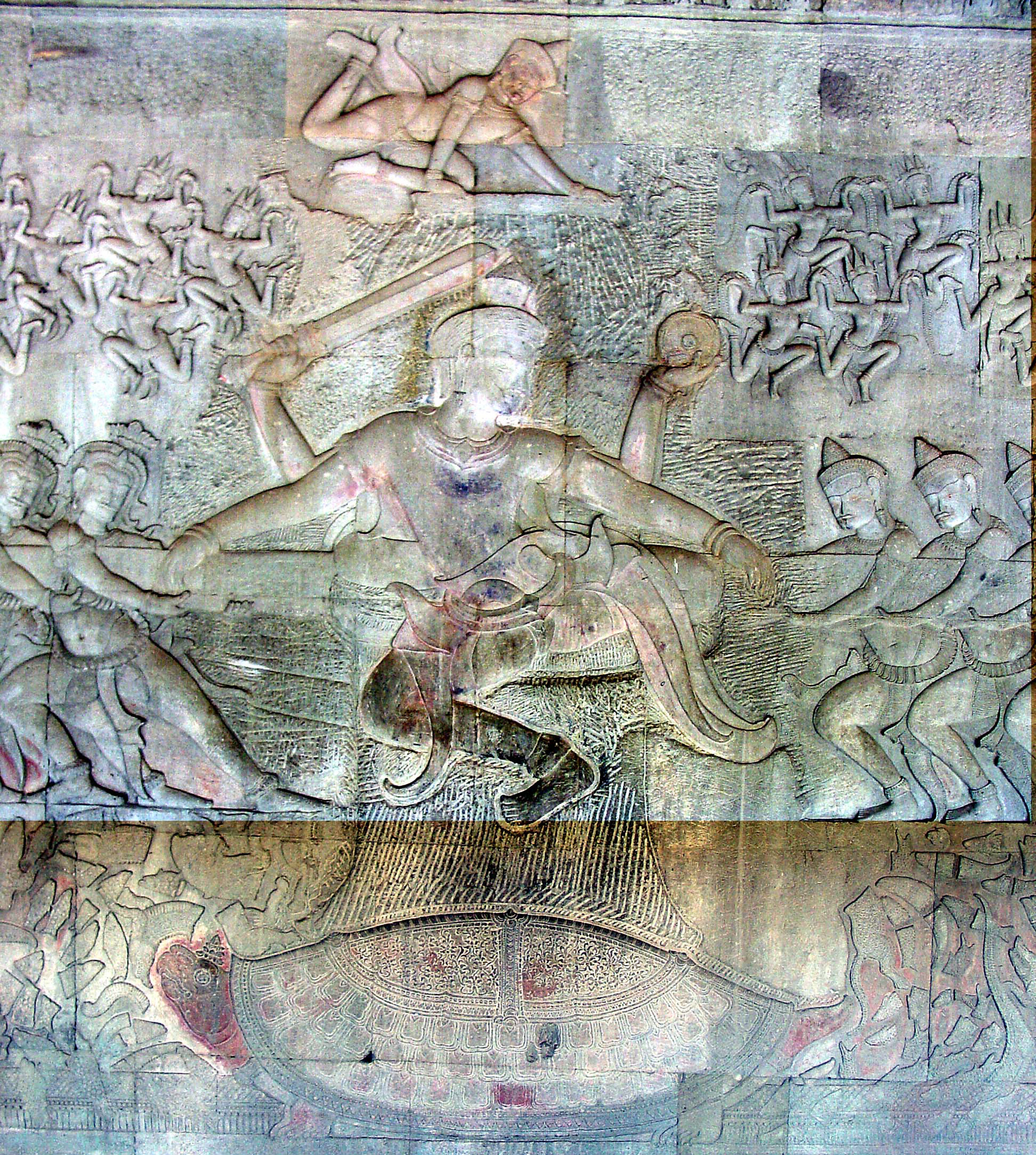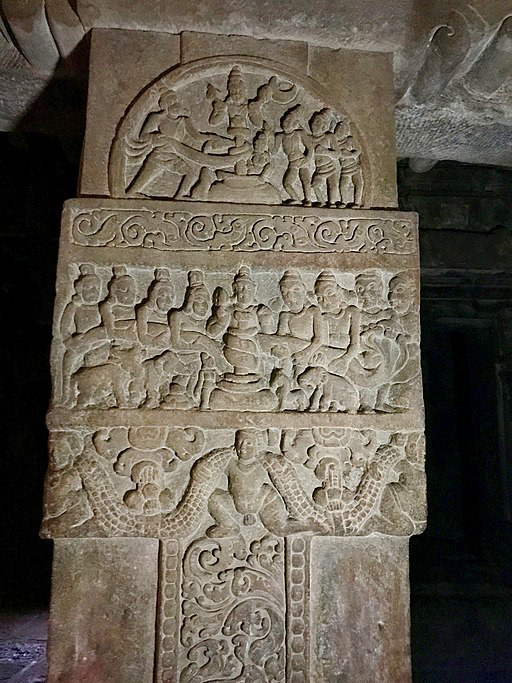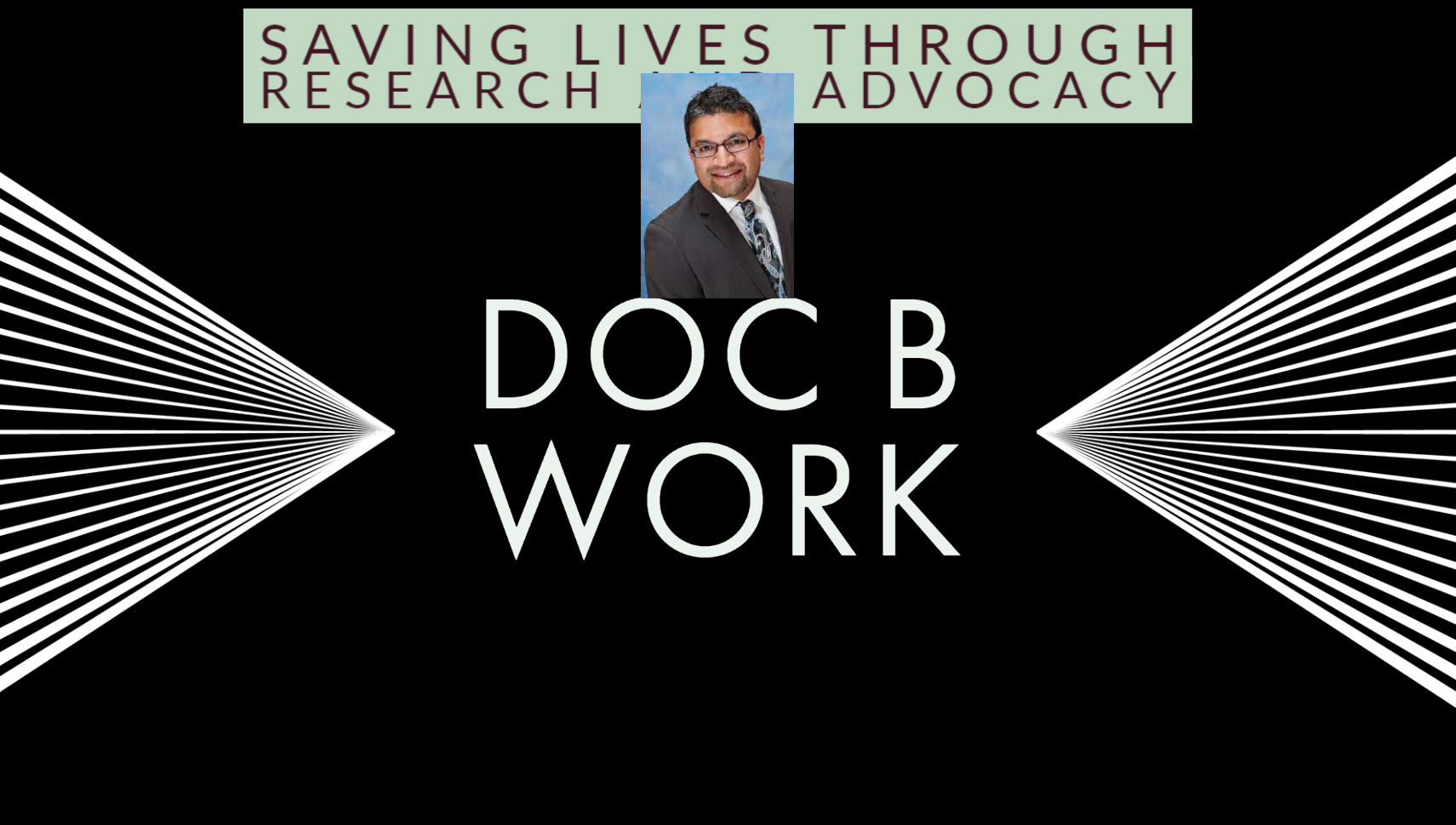Understanding how to access knowledge-how is knowledge acquired? The process of acquiring and understanding new knowledge requires understanding seemingly contradictory concepts. Above is a painting from 1760 AD from a story I knew growing up--being told to me by my parents. The specific struggle above between two sides and how to "mine" knowledge has been passed down through oral tradition for thousands of years in the story above.
While this painting depicts the multi-hooded snake Vasuki wrapped around the Mount Mandara, during Samudra manthan, understanding this from the perspective of accessing knowledge can shed new light. Symbolically, the picture above depicts the "mining" of the celestial sea of knowledge or even the collective unconscious (from a psychology context). The serpent Vasuki and the mountain could be viewed as how to access knowledge. In this famous Indian legend, there was a struggle between two sides as both sides were looking for the elixir to immortality or "wisdom". However, there was a poison (Hallalal) which can be viewed as the potential cognitive dissonance that can initially come about from trying to find new knowledge. What is interesting is that knowledge seems to always have a cost with the Odin hanging upside down on the Yggdrasil or Prometheus being punished for sharing knowledge. However, the process of transforming a poison to an elixir of immortality can also be viewed as an alchemical process as well.
Once the poison was settled, the knowledge gained from the process is immense. The acquisition of knowledge, and more importantly wisdom has been viewed as the most important knowledge. This scene is depicted in multiple parts of the world, throughout the various countries. The picture on the left is from Angkor Wat, (middle) Samudra manthan, the pillar of Vedic mythologies at 12th century temple in South India, and (right) 8th century Samudra Manthan and Vedic legends relief at Virupaksha Shaivism temple, monuments in Karnataka. I have visited many of the temples in India and viewed this common relief in ancient temples. Another link directly takes to a drawing of the process of mining.
The many faces for Brahma (pictured on the right) are symbolic of the many perspectives that a person has on knowledge. It is also symbolic of the 4 ancient books. This can be viewed as the many "hats" or roles a person plays changing between student to career expert to family.



Similar to process of accessing knowledge, the SDOH framework requires a lens to work from. The HP2030 is the objective-based approach to activate SDOH. Below is the HP2030 implementation suggested for activating social determinants of health and social change. The SDOH acronym is meant to remind us that the framework is a part of HP2030. The SDOH acronym stands for the following:
I created the cab model to depict accessing the social determinants of health. When you open the door, you can access the knowledge! Where the "rubber meets the road" is where social determinants of health are taking place. The systematic way in which to conduct a needs analysis, develop goals, orient to what is existing, and then harmonize data across the institution, university, etc. This is translatable between education and in a cross-disciplinary manner.
